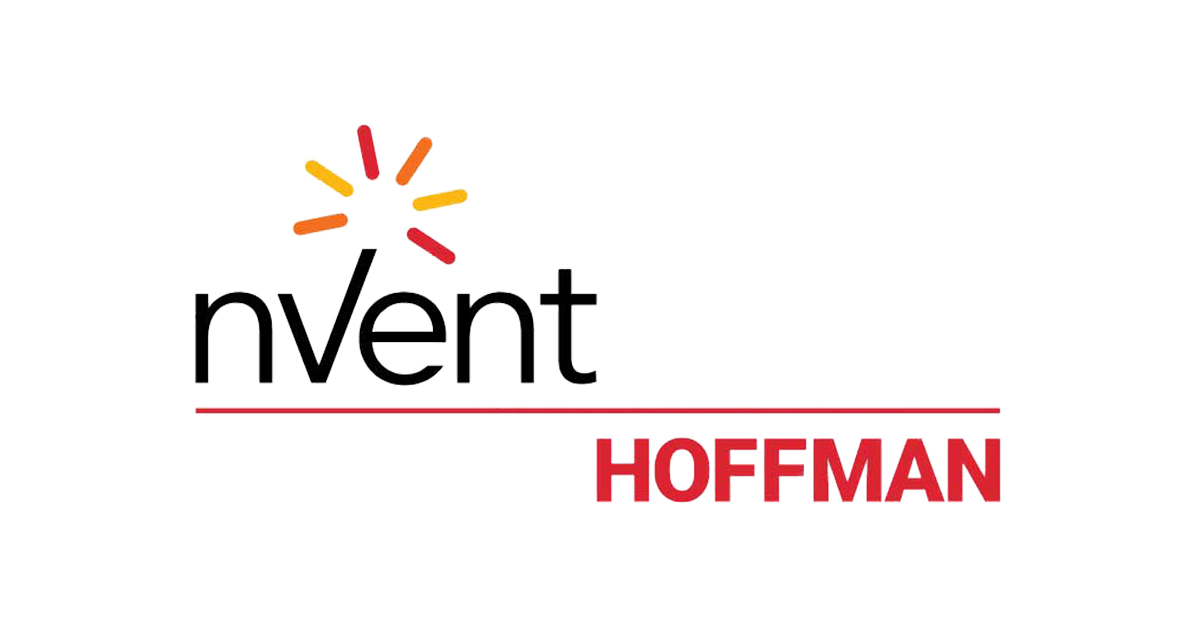Phoenix Contact and Proximus Unlock a Key 5G Connection That Could Revolutionize Industry 4.0

February 22, 2021
Phoenix Contact teamed up with Belgian network operator Proximus to perform a successful test of PROFINET on a wireless 5G network.
This achievement marks a key milestone for Industry 4.0 applications and unlocks the use of this leading factory automation protocol in combination with ultra-fast, ultra-reliable 5G mobile private networks (MPNs).
The significance of 5G for industrial stakeholders
5G is the first generation of mobile data transfer technology to enable ultra-reliable low-latency communication (URLLC), unlocking the reliable implementation of real-time data flows. Together with network slicing, this allows for the more precise management of available industrial IT resources to guarantee bandwidth and a reliable connection. Industrial markets are eagerly waiting for 5G to prove itself via dedicated use case tests.
A clear demonstration of feasibility
As one of the leading industrial Ethernet protocols applied in the factory automation domain, PROFINET is the most challenging to deploy for industrial machine communication, as it requires extremely low latency and ultra-reliability. As a result, PROFINET has generally required a wired ethernet connection – until now.
Phoenix Contact and Proximus collaborated to set up a proof of concept in the Proximus lab, deploying a stable PROFINET communication via a private 5G standalone network running on the 3.5GHz band. The test was conducted using Proximus 5G private network infrastructure and a 5G industrial router developed by Phoenix Contact.
Paving the way for never-seen-before wireless use cases
This successful deployment of PROFINET on a wireless 5G network demonstrates the feasibility of this implementation for industrial customers and offers possibilities for a broad range of new use cases, including:
- – Factory and safety automation – The low-latency possibilities of mobile private networks make real-time, wireless automation and machine-to-machine communication possible. At the same time, available equipment within plants can be used more flexibly, enabling plants to meet the manufacturing requirements of the future.
- – Logistics – Autonomous guided vehicles (AGVs) are already used in logistics applications, but their use is limited by the latency, bandwidth and range of current data transfer technologies. 5G offers a solution to these limitations by increasing overall connectivity, enabling the flexible and efficient deployment of AGVs in larger areas. Complex applications requiring precision location tracking and low-latency communication, such as interactions between production machines, robots and AGVs become possible.
- – Process industry – 5G offers key opportunities in the wireless control and monitoring of equipment in the context of process automation, which has a much broader physical footprint than factory automation. Automating a process application requires rapid, reliable data transfer between sensors gathering information about temperature flow rates and pressure, for example, and to control numerous valves, coolers, heaters and pumps involved in the process.
A perfect marriage of PLCnext and 5G
For this future-oriented test setup, the choice was deliberately made for a controller that is totally flexible, open and reliable. Properties that PLCnext has in abundance together with rock solid hardware. This makes it possible to fully test and exploit all the advantages and new possibilities that 5G offers. This combination is perfectly suited for a wide range of different applications due to very reliable communication, both to the cloud and for real-time industrial applications.
![]()











